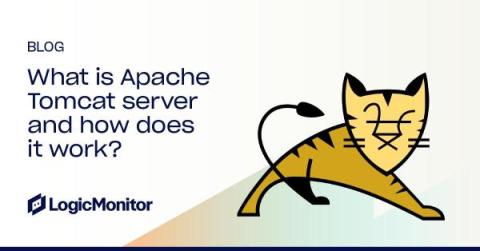GigaOm Webinar Recap - Expert Insights: Navigating Outages Like a Pro
In the webinar, Expert Insights: Navigating Outages Like a Pro, Howard Beader, VP of Product Marketing at Catchpoint, interviewed Howard Holton, the CTO and Lead Analyst at GigaOm. The two Howards delved deep into the critical subject of Internet Resilience and its significance in today’s digital age. Here’s a recap of the key takeaways.











